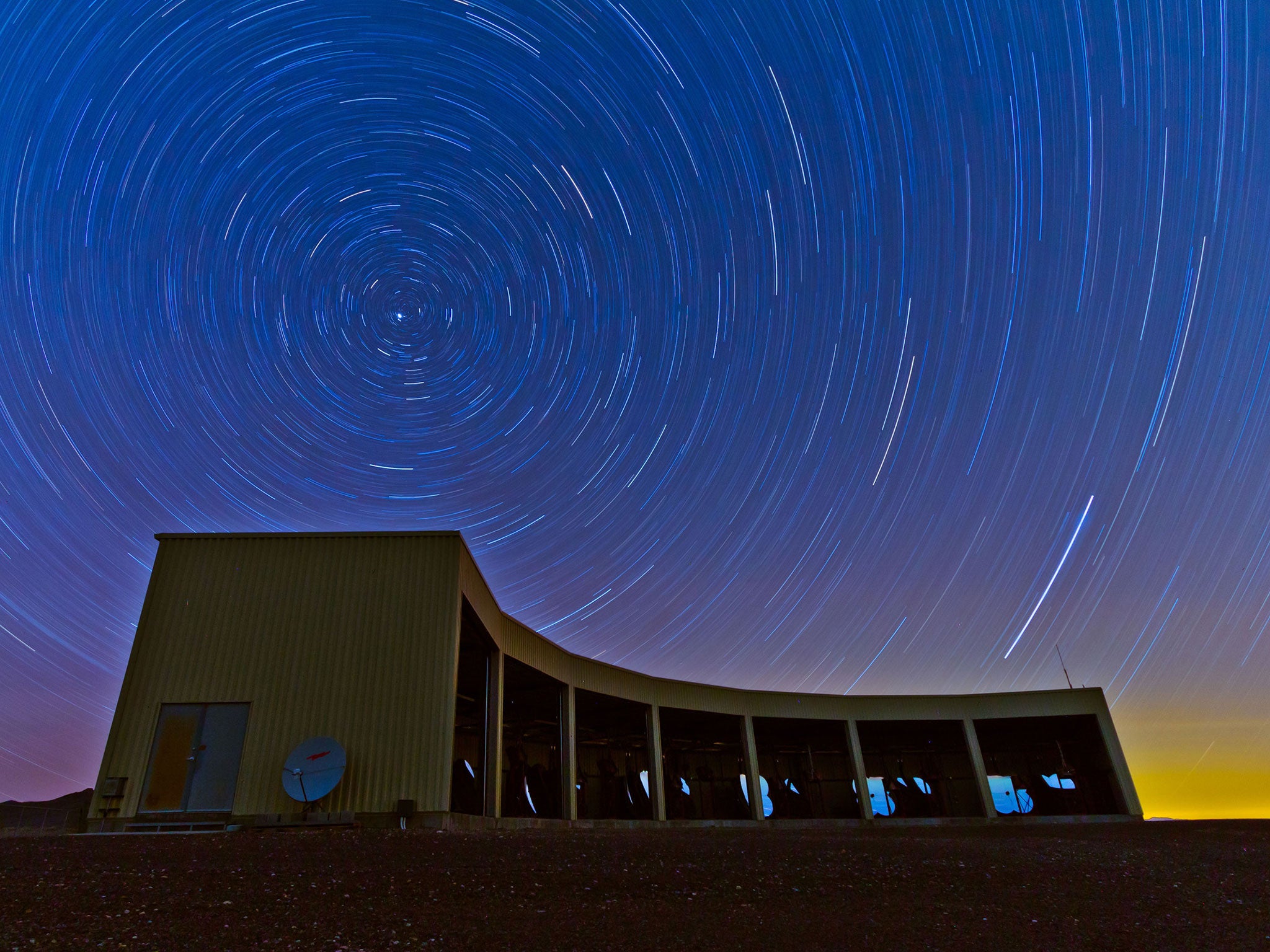Hearing cosmic radiowaves live for first time, scientists could solve years-long mystery
The mysterious ‘blitzar’ has been heard since 2007, but scientists have caught it live for the first time

Your support helps us to tell the story
From reproductive rights to climate change to Big Tech, The Independent is on the ground when the story is developing. Whether it's investigating the financials of Elon Musk's pro-Trump PAC or producing our latest documentary, 'The A Word', which shines a light on the American women fighting for reproductive rights, we know how important it is to parse out the facts from the messaging.
At such a critical moment in US history, we need reporters on the ground. Your donation allows us to keep sending journalists to speak to both sides of the story.
The Independent is trusted by Americans across the entire political spectrum. And unlike many other quality news outlets, we choose not to lock Americans out of our reporting and analysis with paywalls. We believe quality journalism should be available to everyone, paid for by those who can afford it.
Your support makes all the difference.As live performances go, a mysterious pulse of radio waves emanating from deep in the universe has to be up with the greats. And scientists have finally caught it.
The blitzars last only about a millisecond — during which time they give out as much energy as the sun does in a million years, according to the New Scientist — and have only ever been heard on historical data.
The source must be "huge, cataclysmic and up to 5.5 billion light years away," one scientist told the New Scientist.
But a team of scientists from Swinburne University in Melbourne, Australia has identified one of them live, as it happened.
Nobody really knows where the blitzars come from — a top contender is a huge neutron star that should have given way to a black hole, but didn’t — but the new findings are likely to help scientists find out.
When the blitzar was spotted by a team led by Emily Petroff, other telescopes were turned towards the source, helping to study the aftereffects. They didn’t see any afterglow — ruling out some of the possible sources such as a supernova.
Scientists hope that they will soon discover another blitzar in a different frequency range. That will allow them to conclusively associate it with something and will help pin it down to a specific source.
Join our commenting forum
Join thought-provoking conversations, follow other Independent readers and see their replies
Comments